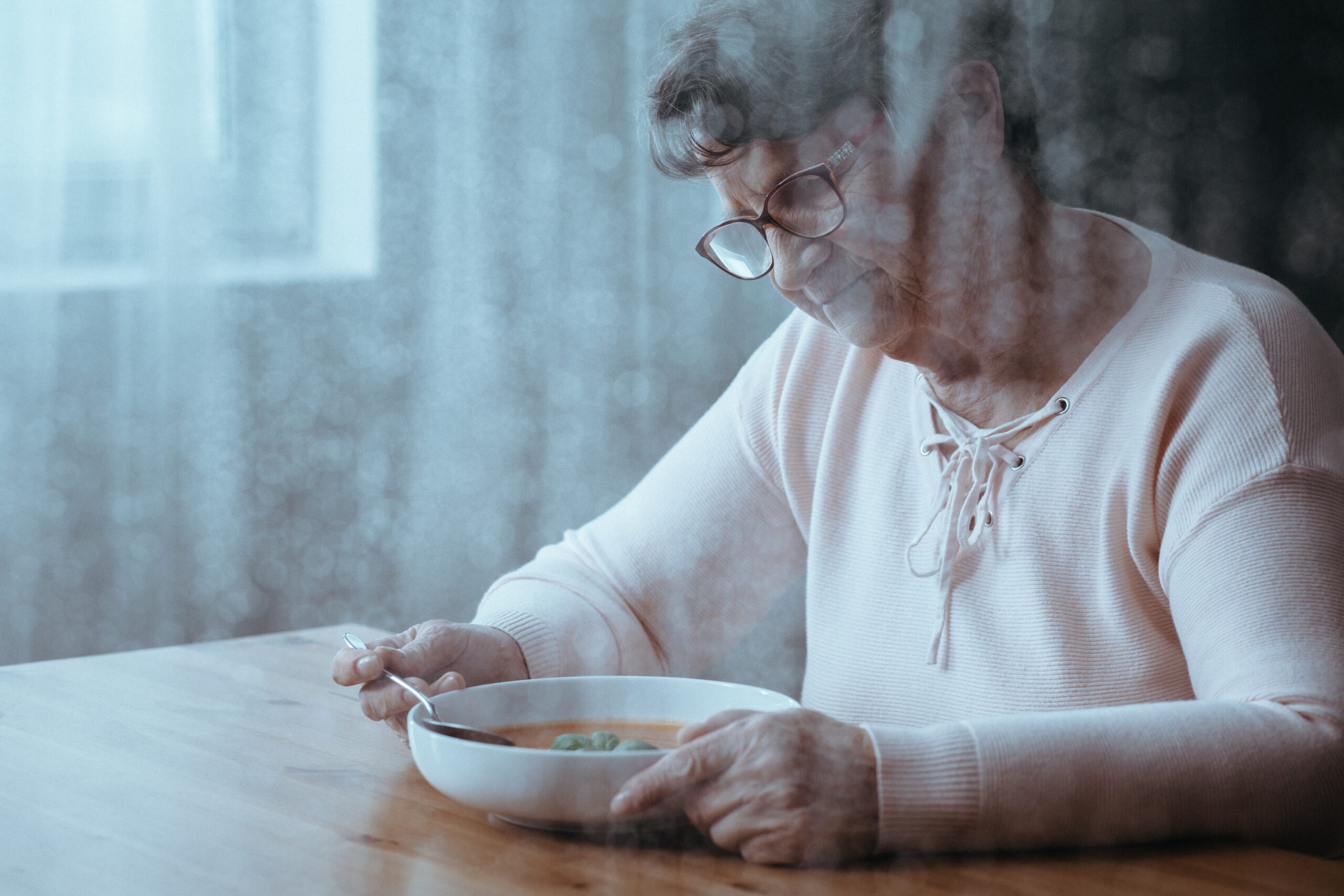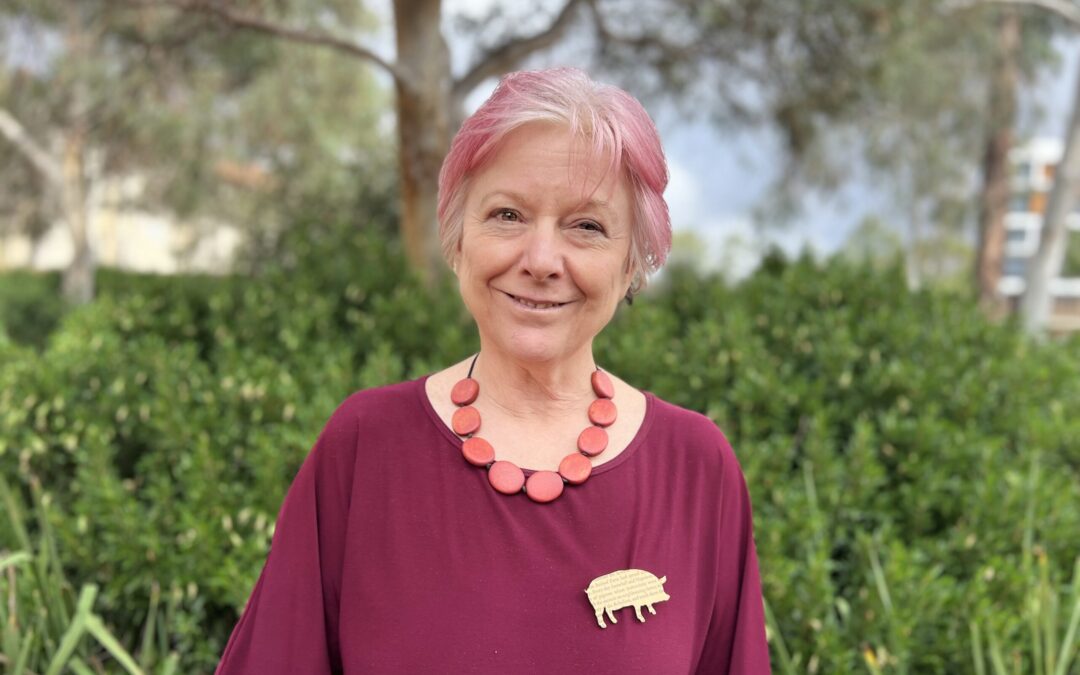Until 2011, Australia and the United States shared the (unfortunate) distinction of being the only OECD member countries that failed to guarantee employees paid time off after the birth of a child. Now, Australia’s paid parental leave scheme has been in place for several years. I came to Australia from the U.S. to learn how it’s working and bring ideas home, but in talking with stakeholders here, I’ve realised that it’s a two-way conversation. In Australia, as highlighted in the recent report by Workplace Gender Equality Agency, only a tiny percentage of publicly-funded parental leave benefits go to men. In some states in the U.S., by contrast, men account for almost 40% of claims.
In Australia, only a tiny percentage of publicly-funded parental leave benefits go to men
It is not surprising that few men claim Australia’s government-provided parental leave pay. The law provides 18 weeks of benefits to a baby’s ‘primary carer’, and it specifies that the birth mother is the initial “primary carer”; she can transfer benefits, but such transfers are extremely rare. Fathers primarily receive benefits under a separate provision that provides two weeks of ‘dad and partner pay’ (DAPP).
To the extent private companies offer paid parental leave, most follow the same structure, providing far more time to ‘primary carers’ (on average, 10 weeks) than ‘secondary carers’ (on average, just 7 days). Although nominally gender neutral, 95% of primary carer leave is accessed by women, and 95% of secondary carer leave is accessed by men.
Policies in the U.S. are quite different. Although the U.S. lacks a national program, there are currently five U.S. states, plus the District of Columbia, that guarantee paid parental leave, as part of a more general ‘family’ leave. Rather than designating one parent as the ‘primary’ carer and the other as ‘secondary’, the U.S. laws provide each parent an independent right to paid leave to ‘bond’ with a new baby. Dads get just as much time as moms. Parents can choose to take leave at the same time or stagger their leaves, and in most states, leave can be taken on a part-time basis. Private companies in the U.S. also typically provide mothers and fathers equal amounts of parental leave.
The length of leave under the U.S. laws, particularly the older ones, is extremely short. Some provide just four or six weeks to each parent, with an additional period of benefits that is available to birth mothers during the time that they are physically recovering from child birth. New laws in New York and Washington, however, will provide each parent 12 weeks. If both parents use their full allotment, and moms take the extra time allowed for medical recovery, it could add up to seven or eight months of paid leave.
That’s a big “if.” In most countries, men are far less likely than women to take parental leave. To some extent, that’s true in the U.S., too. However, men’s leave-taking rates are steadily rising. In 2004, when California’s program began, just 17% of the bonding claims were made by men. Now that has more than doubled. Rhode Island’s law is newer, and there too, men make up almost 40% of parental leave claims. In both states, many men take the full amount of time permitted.
Number of weeks of maternity leave for which a pregnant woman is entitled to leave her job before and just after a child-birth. Source: oecd.org
Why are new fathers in the U.S. more likely to access parental leave benefits? In part, it’s probably because new moms typically take far less time off, with many returning to work after just three months. Also, in the U.S., the government programs provide workers 60-90% of their usual salary (up to a cap), whereas in Australia, parental leave benefits are paid at the minimum wage.
Norms around caretaking are also arguably less gendered in the U.S.
Norms around caretaking are also arguably less gendered in the U.S. When polled, 71% of Americans say babies should have “equal time” to bond with both parents. This has been encouraged by the state agencies that implement the government laws. Their websites feature pictures of men with their babies, clearly signalling that dads are permitted—and indeed encouraged—to claim benefits.
Government and private companies in Australia could likewise consider how their messaging can support men’s use. A bigger change would be to replace the current structure, which requires designating one parent as the primary carer (and it’s no surprise that’s usually the mother), with benefits simply premised on being a new parent. Raising the pay rate and permitting part-time leave might also raise men’s leave-taking rates.
Giving new parents time off work should be a national priority
And what can the U.S. learn from Australia? Well, first, and most obviously, that it should be a national priority to give new parents time off work, not something that depends on what state you happen to live in. The U.S. could consider whether single mothers should receive more time if they do not have a partner to share leave with. And U.S. companies should follow the Australian example and provide more flexibility in terms of when, how, and where work is performed—not only in the weeks and months after a new baby is born, but through the years as those babies grow up.




